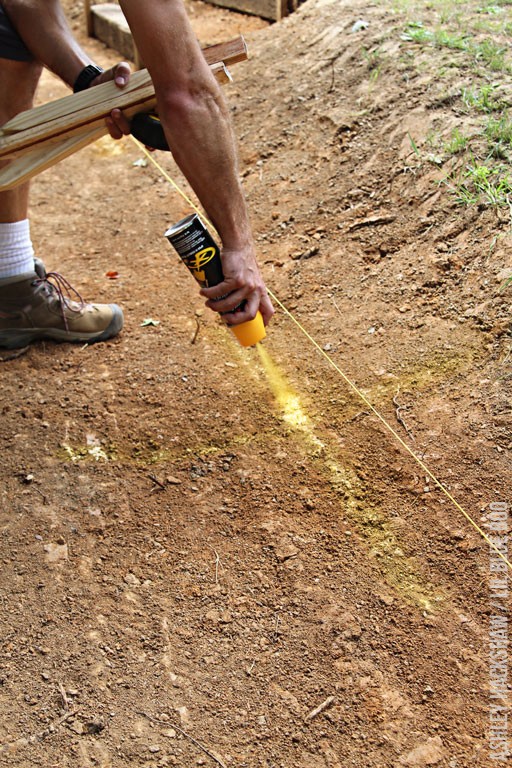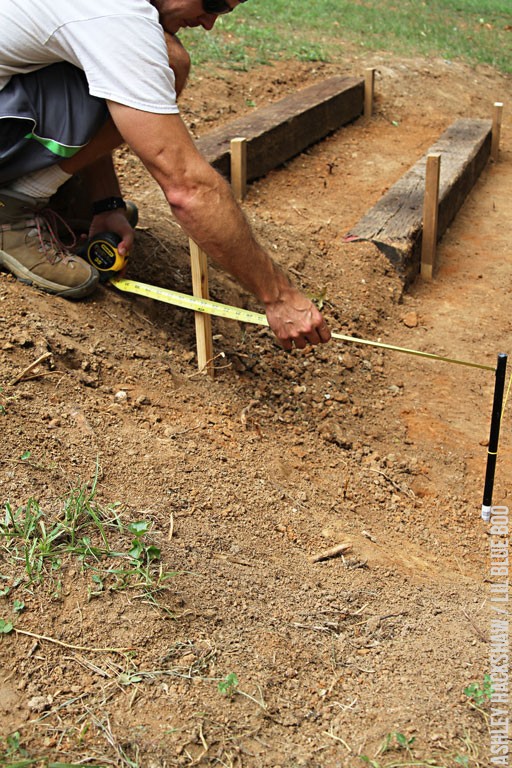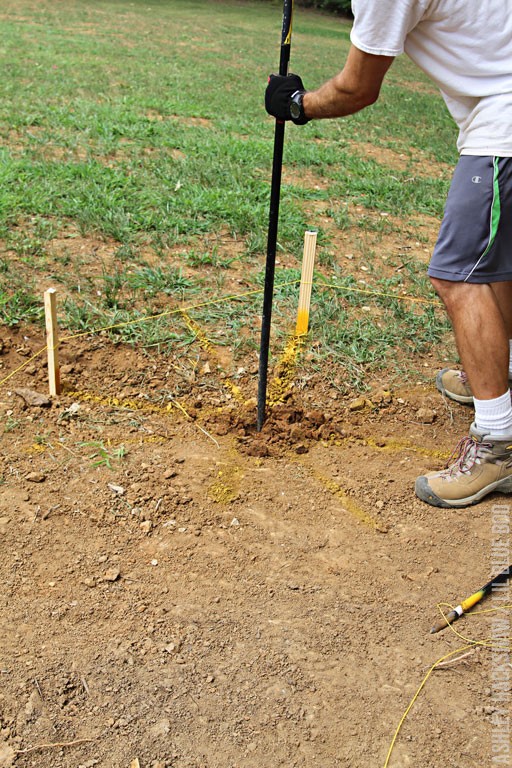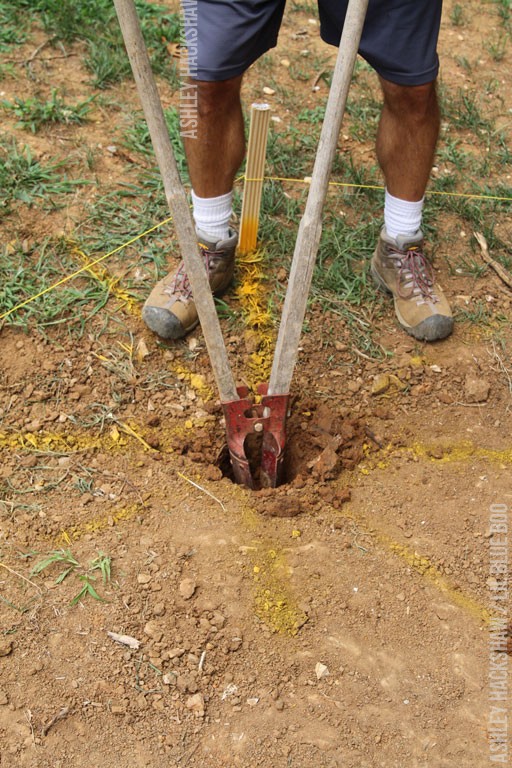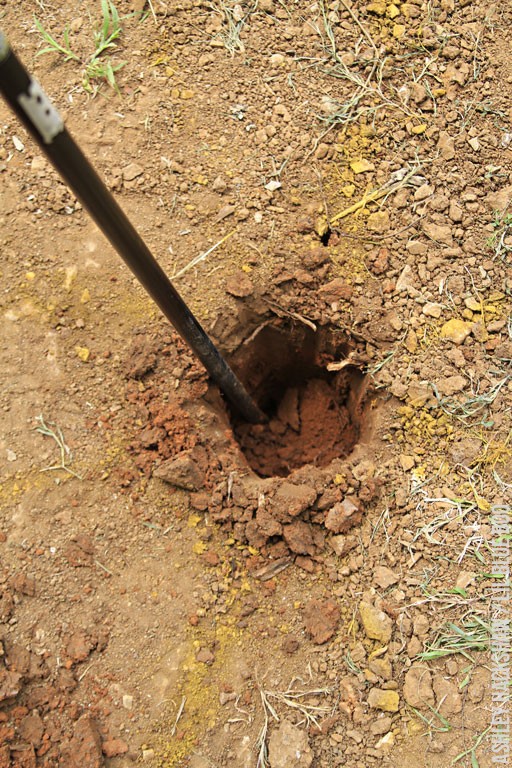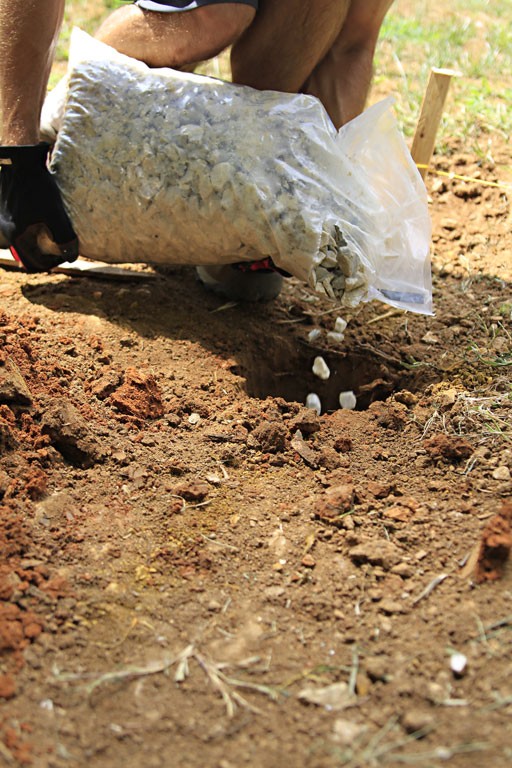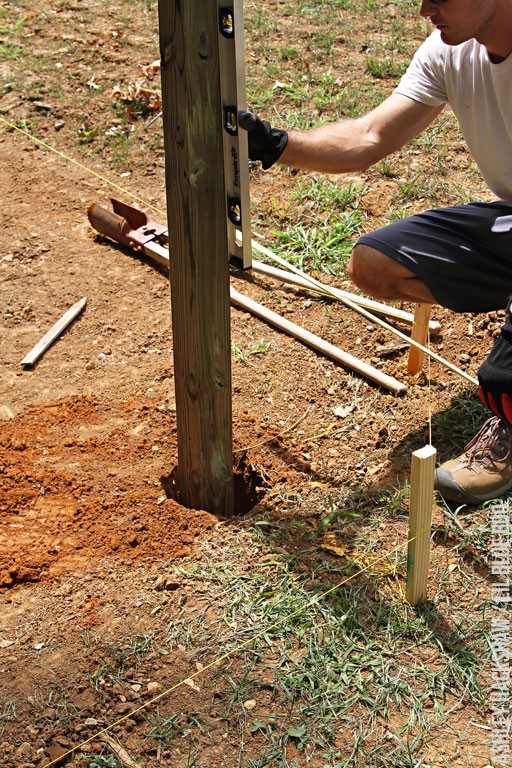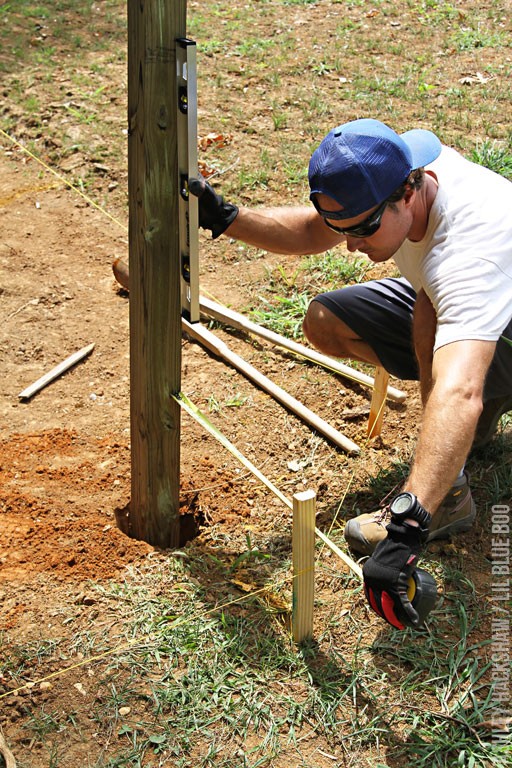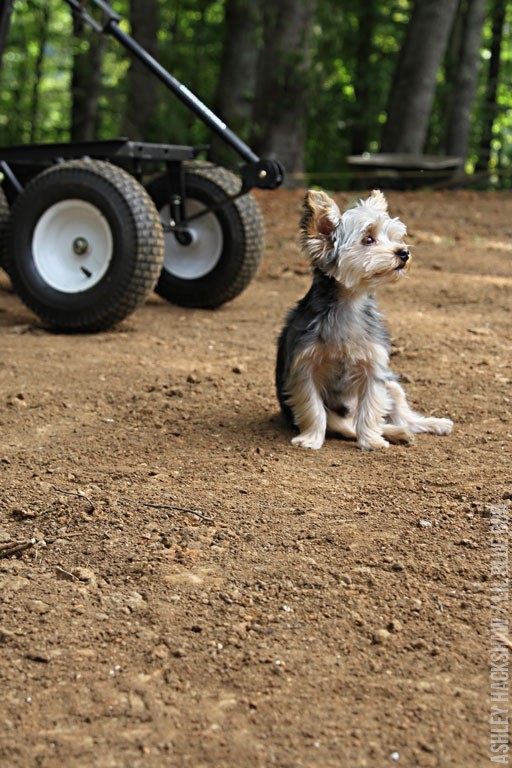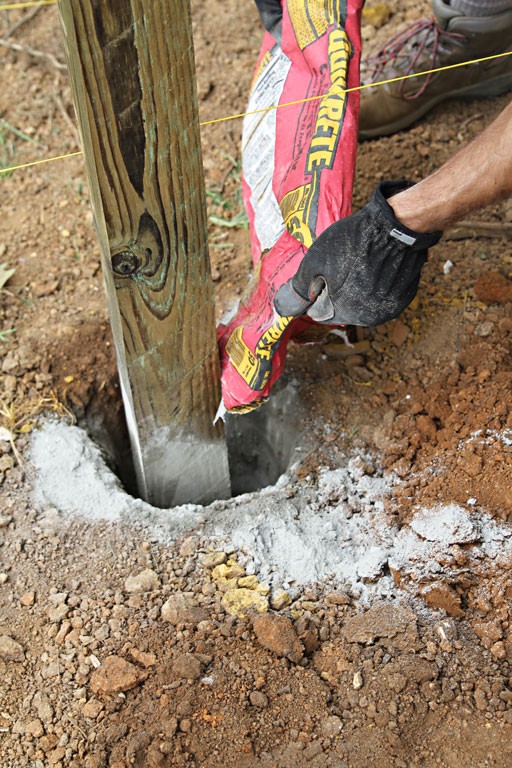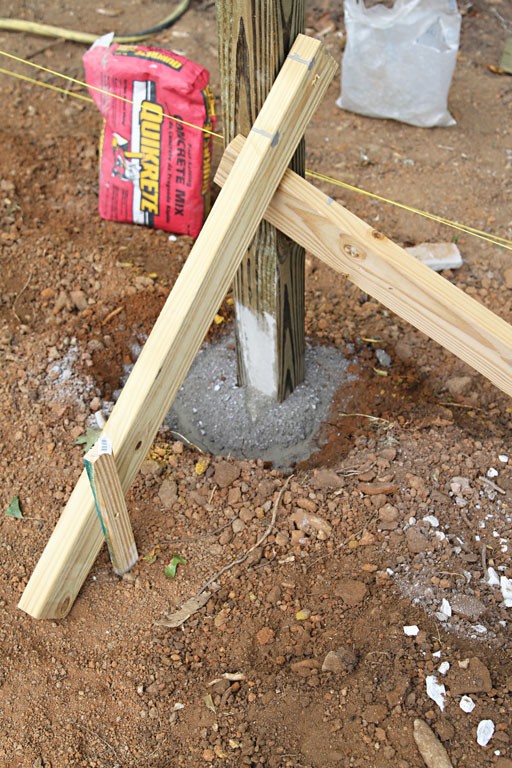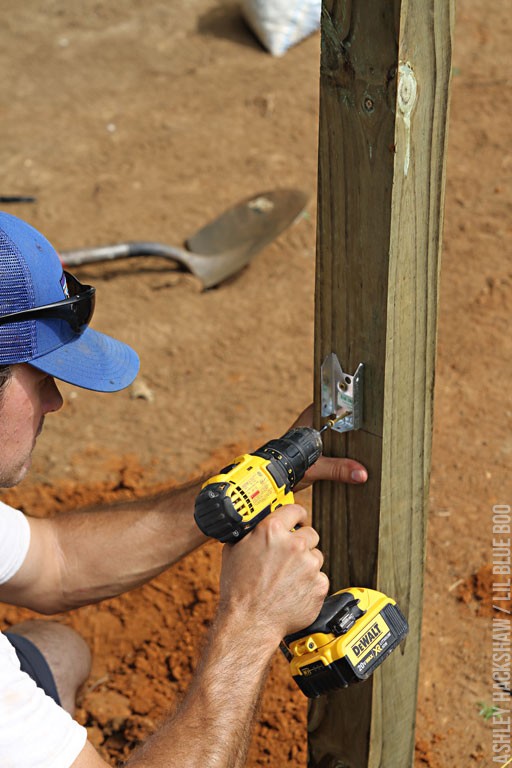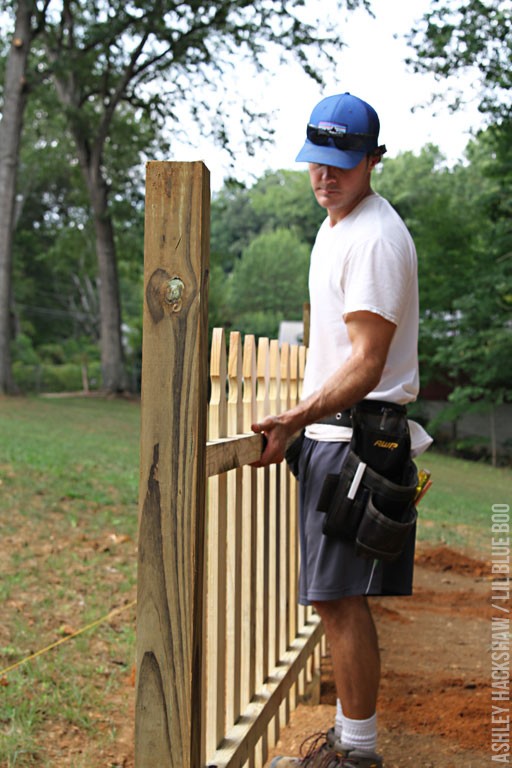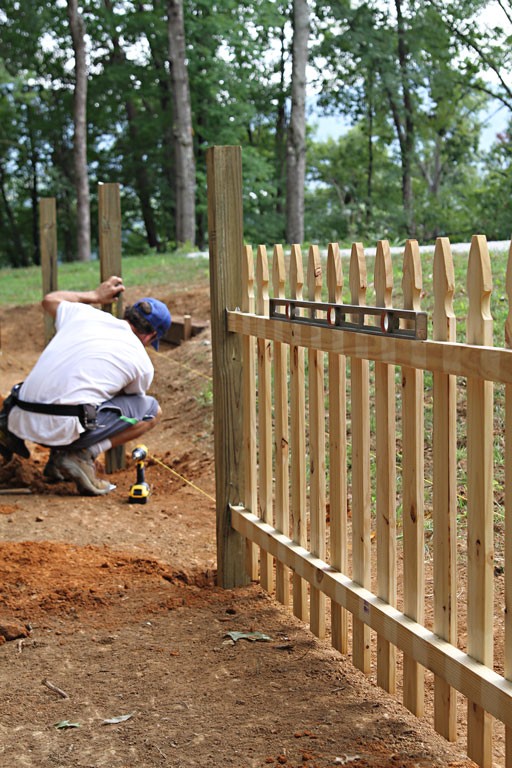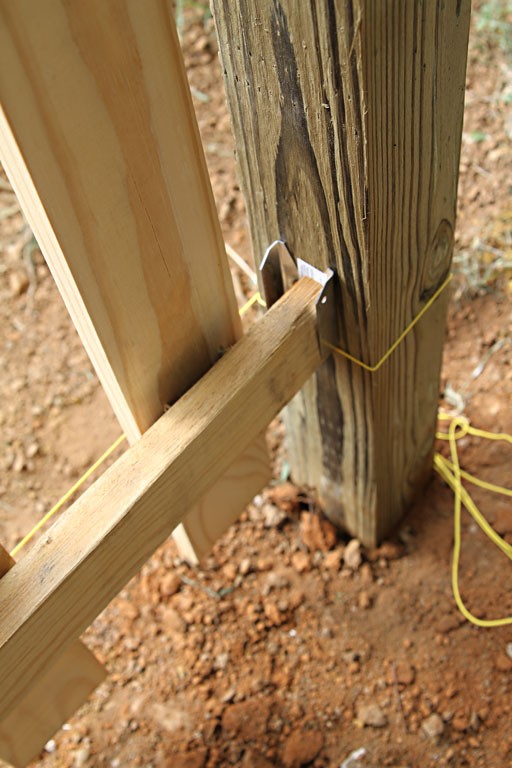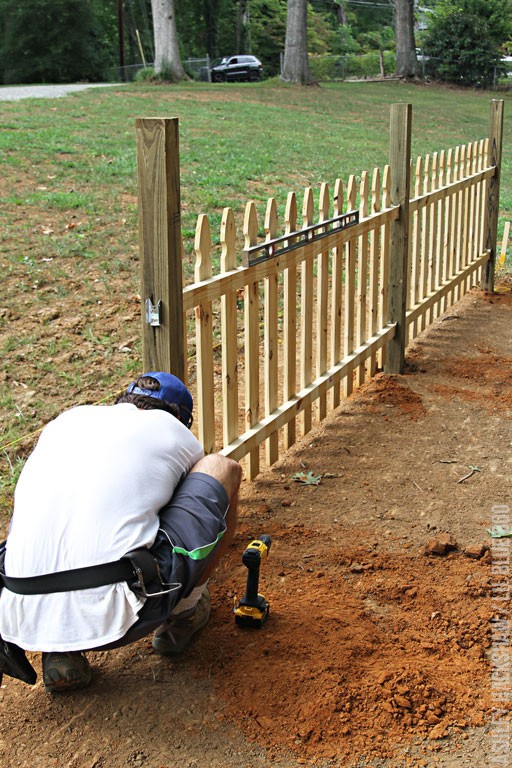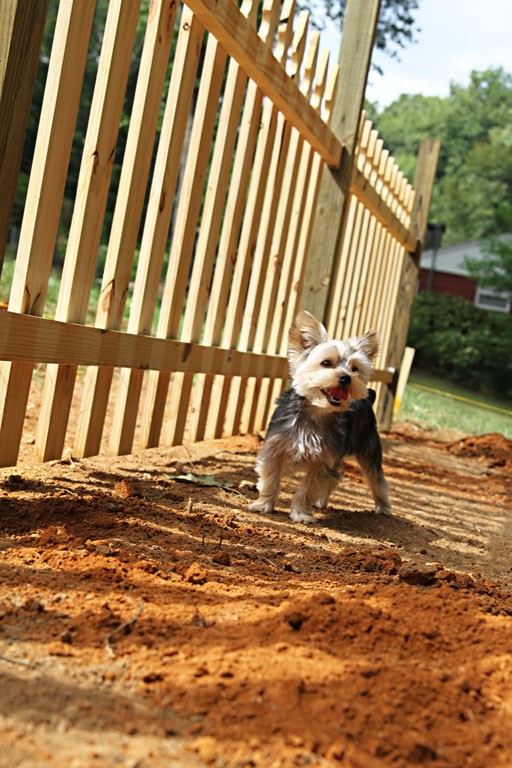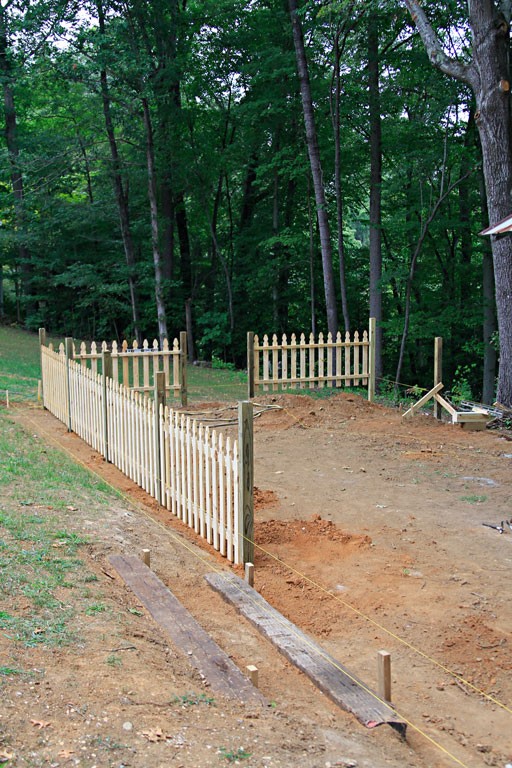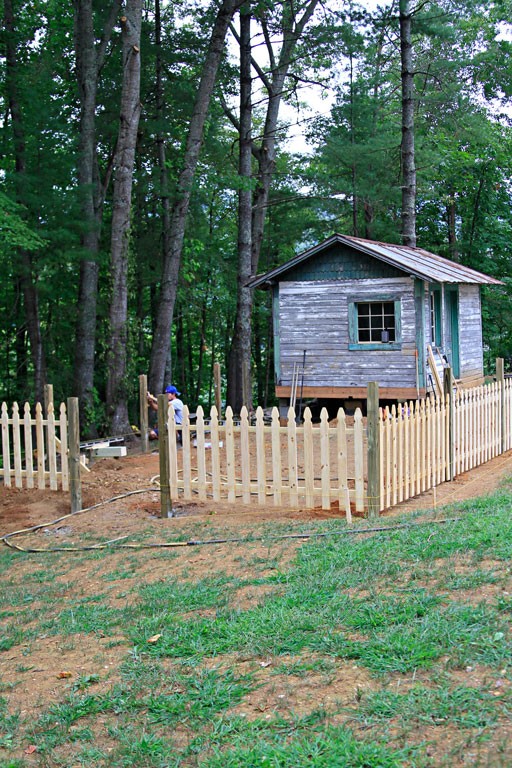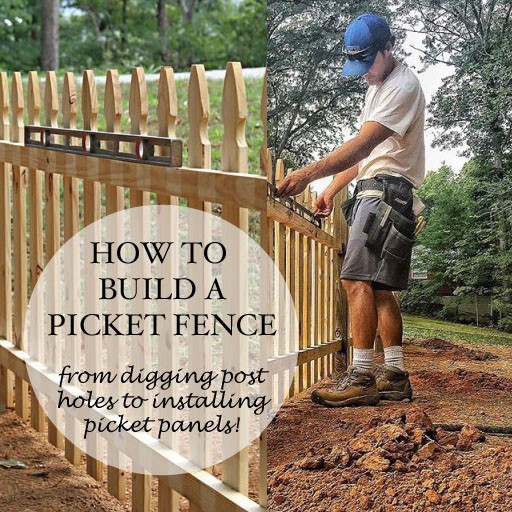
I’m just so excited to share how the Old Depot Project is coming together. We recently put up the picket fence and it’s the best feeling to see something being built that will make a lasting impact to an area. Not only are we saving an old train depot building but we are also making it multi-purpose by adding a garden and transforming the inside to be a “she-shed” or studio/playhouse:
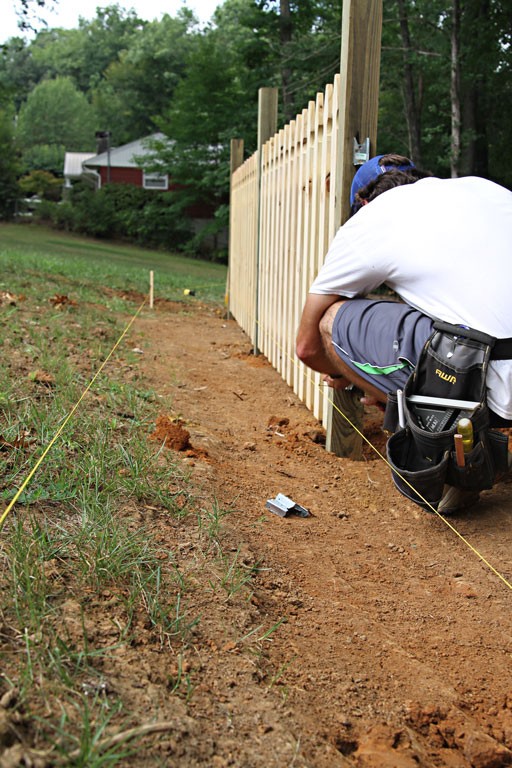
Up until this point in the project we have laid out and squared off our large rectangular area (you can see all the prior projects here.) Once we had the space planned I sketched out a diagram to determine how many posts and how many panels we would need. These are the 8 foot fence panels I used…I love the gothic style:
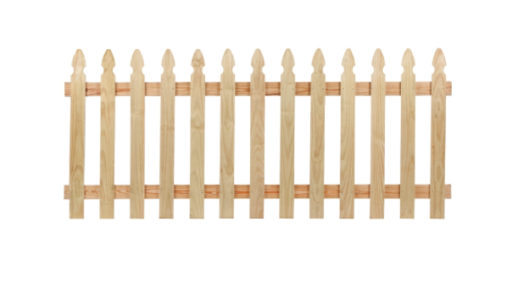
I added three gates into my plan for easy access in and around the depot. These will be made from extra fence panels (which will be featured in a later step-by-step project):
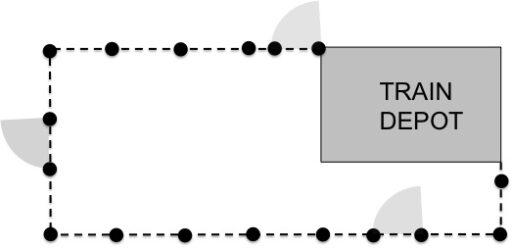
Here are the fence materials I used:
4in x 4in x 6ft Pressure Treated Fence Posts
8 ft Pine Gothic Wood Picket Fence Panels
Metal Fence Brackets (1-9/16-in x 3-3/8-in) (4 for each fence post)
2″ #8 deck screws (approx 16 screws per fence posts
1.25″ deck screws (for securing the fence panels)
Gravel
QUIKRETE 50-lb Gray Fast Setting Concrete Mix (about half a bag per post)
Stanley-National Hardward Decorative Gate Kits
Tip: Pay for delivery! If you are local it usually runs about $57 for delivery which I think is worth the trouble since just the concrete weighs 400lbs by itself.
Step 1: First we carefully measuring and marking where the fence holes were to be dug using marking paint. An X marks the spot:
Step 2: Before starting to dig we added a guide line 2 feet out from the original line, around the entire perimeter (believe me you don’t want to have to remeasure everything again!).
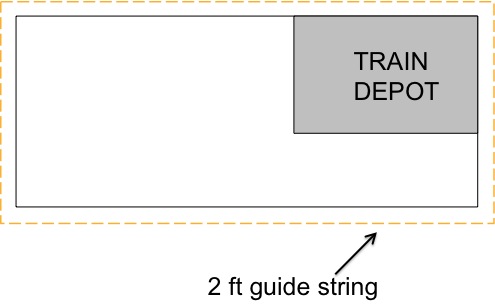
The guide string provided a permanent reference point to measure from as we went along:
Here’s picture of the guide line during the process so you get an idea of how you can use it as your reference to measure the placement of your fence:
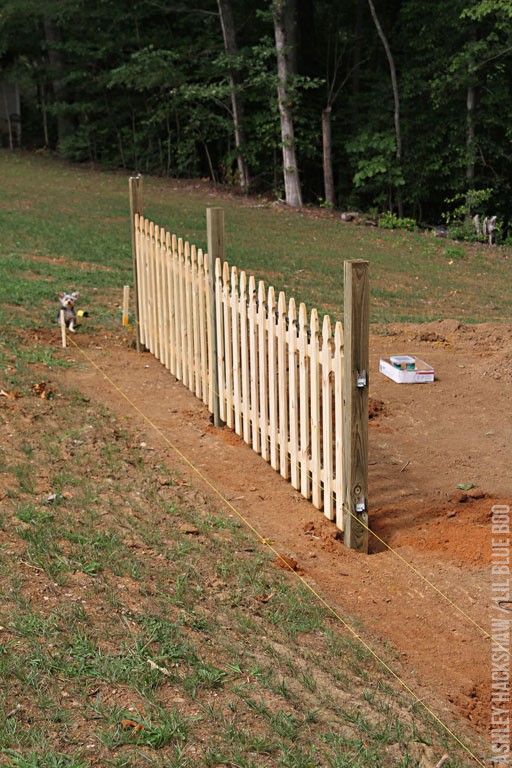
Step 3: Finally it was time to start digging! To dig our posts we used a long metal post bar and started at one of the corners that provided the least margin for error:
A post hole digger pulled out the loose dirt:
We have such hard packed earth that we dug the post holes pretty narrow. The post hole bar is a great tool for breaking up any rocks or roots in the way:
Step 4: Once we dug down about 2 feet for each hole we put a few inches of gravel in the bottom for drainage:
The post was set into the hole and leveled from all sides to make sure it was standing straight up:
We measured from the guide string to make sure the post was in the right position (2 feet away):
Our supervisor Max:
Step 5: Quick set concrete was poured into each hole leaving a few inches at the top. Add water according to directions.
Quick setting concrete can be mixed directly in the ground and only takes about 10 minutes to become firm. We used 2 scrap boards to keep the post level until the concrete was hard enough that the post wasn’t likely to move again. I checked our level again as the concrete set up just to make sure nothing had moved:
Step 6: We used metal brackets to attach the fence panels to the inside of each post. I like having the posts standing on their own in between panels instead of having a continuous row of fencing. The great thing about these brackets is that they can be easily moved and adjusted without damaging the fence panel if you’ve made a mistake or want to adjust height:
Here is Brett dropping one of the fence panels into place. All the posts were at different heights at this point and will be cut off after the fence is completed. Due to the uneven nature of our property it would have been really hard to get the top of every post level with the others.
Working off the corner post towards the depot:
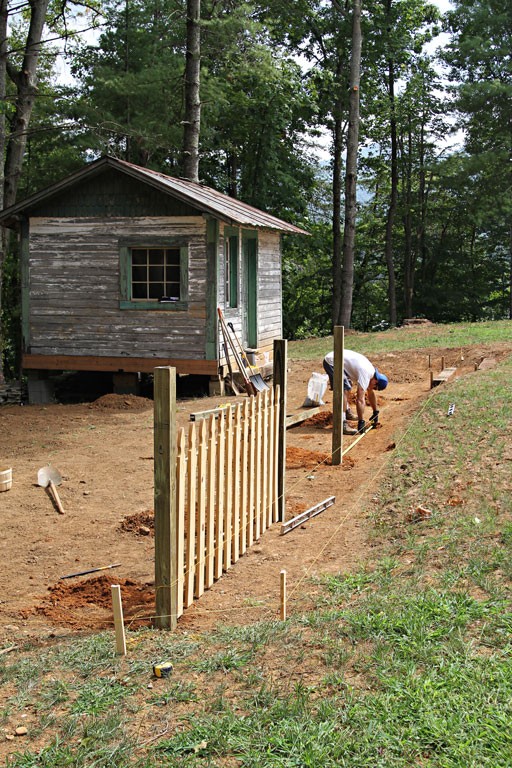
My motto is: the more guides the better. We used string guides all over the place to make sure the fence panels were all level:
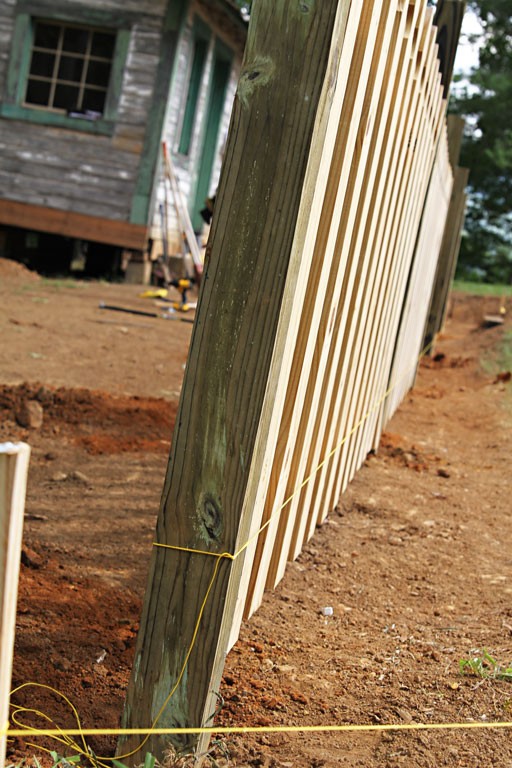
The level never lies:
After we’d only put up 2 fence panels our dog Max thought he was fenced in:
Fence progress:
Stayed tuned to see the finished version of the fence and the raised garden beds we’ve added. You can follow along real time at @lilblueboo on Instagram!
Click here to read more about the Old Depot Project.
The Old Depot Project is sponsored by Lowe’s Home Improvement.

